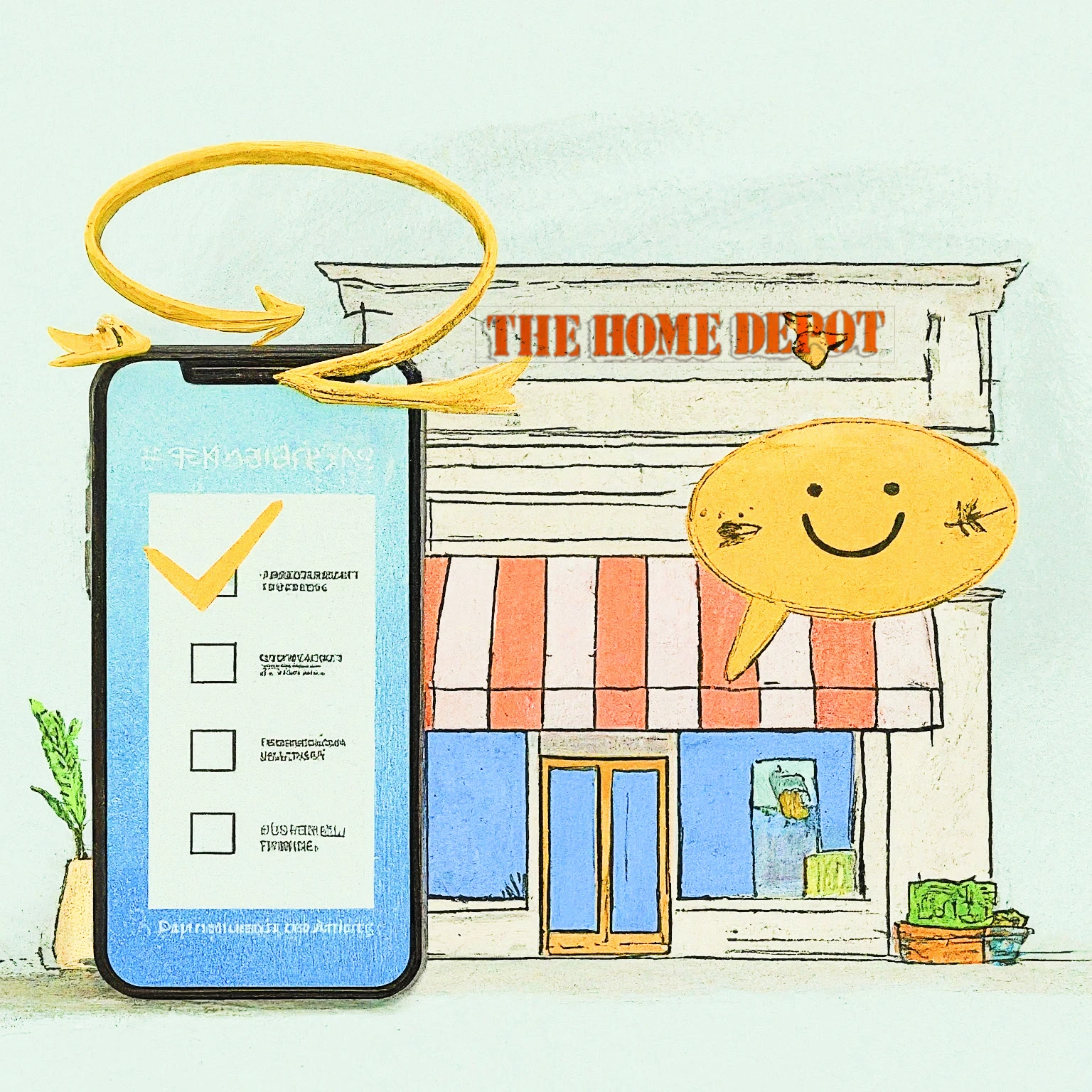As products and services become commoditized, customer experience (CX) is the ultimate differentiator. Companies excelling in CX consistently outperform their competitors, enjoying higher customer loyalty, increased revenue, and stronger brand reputation. But how can organizations ensure they’re truly meeting and exceeding customer expectations? The answer lies in conducting a CX audit.
What is a CX Audit?
Think of a CX audit as a health check-up for your customer experience strategy. Just as a doctor examines various aspects of your physical health, a CX audit thoroughly evaluates every touchpoint in your customer journey, uncovering strengths, weaknesses, and hidden opportunities in your CX ecosystem.
The Business Case
Investing in CX is strategically important and provides tangible business benefits:
- Companies that lead in customer experience outperform laggards by nearly 80% (Forrester).
- 73% of consumers point to customer experience as an important factor in their purchasing decisions (PwC).
- 86% of customers are willing to pay more for a better experience (American Express).
Given these statistics, it’s clear that optimizing your CX can have a profound impact on your bottom line. A CX audit provides a critical roadmap for achieving these improvements.
Key Components

A comprehensive CX audit typically includes:
- Customer Journey Mapping: Visualizing the interactions a customer has with your brand and defining critical moments of truth.
- Voice of the Customer (VoC) Analysis: Gathering and analyzing customer feedback across multiple channels.
- Employee Feedback: Assessing the perspectives of employees throughout the organization.
- Competitive Benchmarking: Comparing your CX performance against industry leaders.
- Technology Assessment: Evaluating the tools and systems that support your CX initiatives.
- Data Analysis: Examining relevant metrics and KPIs to identify trends and areas for improvement.
- CX Governance: Assessing the processes to ensure CX is consistently prioritized and aligned across all divisions.
Flexible approaches
Depending upon your resources, time constraints, and objectives, a CX audit can be done in a matter of a few days versus a more comprehensive approach.
Quick CX Audit: The 48-Hour Sprint
A rapid CX audit using design thinking principles provides valuable insights and spark ideas around innovation.
Day 1: Understand the customers
- Rapid Persona Development:
- Create user personas based on existing customer data, or revisit and update existing personas.
- Customer Journey Sketch:
- Map the current journey for one-to-two primary personas. Identify pain points and moments of delight across all touchpoints (digital, physical, and human interactions).
- Voice of Customer Analysis:
- Invite customer support leaders and user experience researchers to discuss customer feedback across channels (surveys, social media, support tickets, in-store feedback). Identify the top five primary themes or issues.
- Problem Statement Development:
- Define 2-to-3 core problem statements. Identify and confirm that problems span various aspects of CX (e.g., service design, communication, employee training, physical environment).
Day 2: Ideate, Prototype, and Test
- Ideation Session:
- Conduct rapid brainstorming sessions to generate solutions for defined problems. Encourage ideas across different CX dimensions (processes, policies, training, environment, digital tools).
- Rapid Concept Development:
- Develop quick concepts for the top 2-to-3 ideas. These concepts often include: Service blueprints for improved processes. Storyboards for new customer service scenarios. Mockups of revised communication materials. Sketches of improved physical spaces. Low-fidelity prototypes of digital touchpoints.
- Guerrilla Testing and Feedback:
- Conduct quick feedback sessions with 3-to-5 employees or readily available customers. Gather immediate reactions on the developed concepts.
- Develop action plans:
- Synthesize findings from the two-day sprint. Develop a prioritized list of quick wins and longer-term initiatives across various CX dimensions.
Pros of the 48 hour audit:
- Enables valuable feedback quickly.
- Produces tangible concepts for quick testing and iteration.
- May provide widespread support for more in-depth studies.
Cons of the 48 hour audit:
- May oversimplify complex CX issues due to time constraints.
- Limited sample size in could lead to biased conclusions.
- Lacks primary research that may uncover key insights.
Detailed CX Audit: The 6-8 Week Deep Dive
For organizations seeking comprehensive insights and a foundation for long-term CX strategy, a detailed audit between 6-8 weeks is ideal. Each of the following components take 1-3 weeks and often occur simultaneously:
- Data collection:
- Extensive data collection and analysis, including 12 months of customer feedback, CX metrics, and competitive benchmarking.
- Journey mapping:
- Comprehensive journey mapping through cross-functional workshops, identifying pain points and opportunities.
- Qualitative and quantitative research:
- Conduct in-depth customer interviews and survey a significant sample of customers and employees.
- Technologies and processes:
- Audit existing CX technologies, review internal processes, and assess the organization’s CX maturity level.
- CX Governance:
- Assess the framework and processes that ensure customer experience initiatives are aligned, prioritized, and consistently implemented across the organization.
- Action plans:
- Synthesize findings, develop prioritized improvements, develop a marketing plan to sell to the organization, and create a detailed CX roadmap.
This approach provides a holistic view of the entire CX ecosystem and uncovers deep insights for strategic decision-making.
Pros of the Detailed Audit:
- Provides a holistic view of the entire CX ecosystem.
- Uncovers deep insights for strategic decision-making.
- Builds a solid foundation for long-term CX transformation.
Cons of the Detailed Audit:
- Requires significant time and resource investment.
- May delay immediate actions in favor of thorough analysis.
- Can be overwhelming without proper change management.
Choosing the Right Approach
The decision between a quick or robust CX audit depends upon several factors:
- Urgency: For immediate CX crises, CX prioritization, or needs identification, start with a quick audit.
- Resources: Consider your available budget, personnel, and technological capabilities.
- Scope: Determine whether you need to focus on specific touchpoints or overhaul the entire CX strategy.
- Organizational Buy-in: Assess the level of executive support for CX initiatives.
Remember, these approaches aren’t mutually exclusive. Many organizations start with a quick audit to gain traction and then transition into a more robust process as they build momentum and secure additional resources.
The Road to CX Excellence
A CX audit is not a one-time event but an ongoing process of refinement and optimization. By regularly assessing and improving your customer experience, you can:
- Increase customer loyalty and retention.
- Boost brand trust and positive word-of-mouth.
- Drive revenue growth through increased customer lifetime value.
- Differentiate your brand in crowded markets.
- Identify and capitalize on emerging trends and customer needs.
Are you ready to unlock the full potential of your customer experience? Embrace the power of CX audits and embark on a journey of continuous improvement that will delight your customers and propel your business forward.




